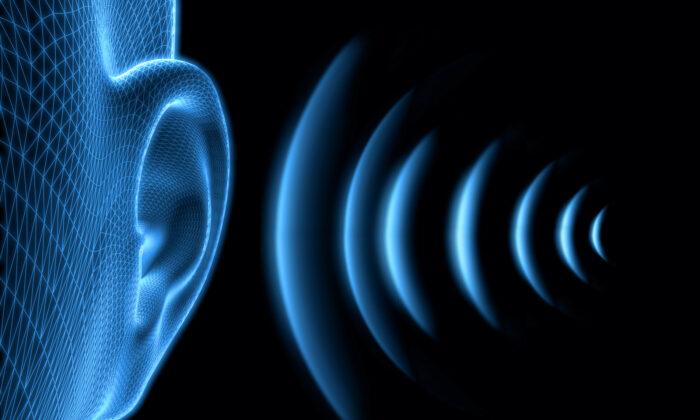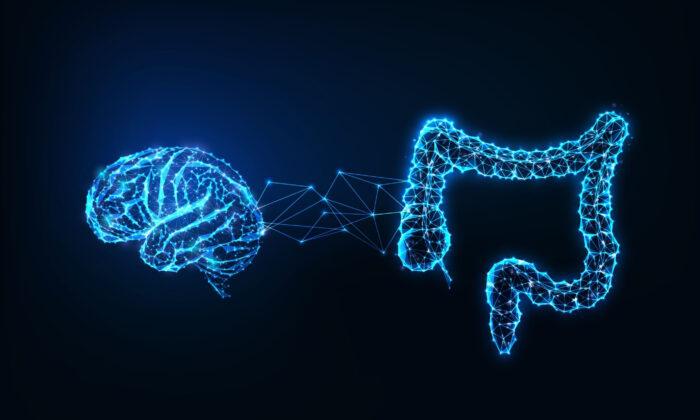The Cost of Depression
The National Institutes of Health estimates that 21 million adults in the United States had at least one major depressive episode from 2019 to 2020—representing 8.4 percent of all adults. According to the Centers for Disease Control and Prevention’s Household Pulse Survey, about 28 percent of adults experienced symptoms of anxiety and depression during the first two weeks of February 2023.TMS for Treatment-Resistant Depression
There is hope for those who have treatment-resistant depression or who may simply decide they do not want to take antidepressants—they can use TMS.TMS is a noninvasive procedure that uses magnetic fields to stimulate neurons in the brain to improve symptoms of depression.

Personalized TMS Versus Standard TMS
Murphy, a radiation oncologist who specializes in the treatment of brain and spinal cord tumors in children, explained that in the process of treating the tumors, adjacent tissue is also harmed. Treatments like radiation, surgery, and chemotherapy, can induce trauma, resulting in reduced brainwave frequency, and “does it at irregular intervals.”Murphy has used TMS to help fix patients’ brain arrhythmias and to get the neurons all firing together.
PrTMS looks at the brain frequencies in 19 different locations. During stimulation, the patient sits in what looks like a reclined dental chair. A magnetic paddle is placed on the scalp over one of five to six different targeted brain areas.
Standard rTMS does not utilize EEG information to plan or implement the treatment; only one region of the brain is treated.
PrTMS provides a personalized treatment train between six and 15 seconds, followed by 10 to 60 seconds of rest before the next train—delivered over the course of 20 to 30 minutes.
Both treatments are given daily, five days a week, for about six weeks, depending on different situations.
Approved Treatments
Frank Plut, who runs NeuroHealth Center in Hackettstown, New Jersey, heard about PrTMS years ago. Their son with autism was nonverbal, a toe walker, flapped his arms when excited, and did not respond to his name. They had tried occupational, physical, and speech therapy to help their son without results, Plus told The Epoch Times.Plut and his wife flew to California so that their son could receive PrTMS treatment. After three weeks of treatment, Plut’s son was talking, and when treatment was completed after four weeks, he was no longer toe walking or flapping his arms when stimulated.
After such dramatic results, Plut decided to bring PrTMS treatment to his hometown to help other children with autism, as well as adults and children suffering from depression and other diagnoses.
About eight different TMS devices have been approved by the Food and Drug Administration (FDA) for use in the treatment of depression and OCD using standard rTMS protocol. Standard TMS is also FDA-approved for the treatment of migraines, however, the treatment does not require repetitive pulses (rTMS).
Additional clinical trials on the effects of PrTMS are planned, including one for autism.
All insurance companies have their own specific criteria for covering standard rTMS—approval is usually contingent upon a demonstrated lack of improvement in depression or OCD symptoms after the use of one or more different drugs and psychotherapy. Insurance may or may not pay for PrTMS as it is an off-label treatment.
Plut says that when repeated EEGs no longer indicate that a patient is depressed, patients can begin weaning off medications with the help of their prescriber if they choose to do so.
Contraindications and Side Effects
Murphy says that those with metal in their head in the form of bullets, shrapnel, metal shunts, or other metal devices or implants are not candidates for the treatment. Those that have titanium or non-ferrous implants, however, can receive the treatment.Additionally, those with a known history of mania or bipolar disorder are not candidates since the treatment has the possibility of inducing mania, said Murphy.
Psychotic patients also do not currently qualify for the treatment; however, this group of patients is being studied to determine if they might benefit from the treatment, according to Murphy.
Feeling Better Without Medication
Plut knows first-hand how much PrTMS can help those suffering from depression and autism, as he recently received treatment after suffering from his own depression for decades. He tried multiple different medications without complete relief of depressive symptoms before trying PrTMS himself.After an EEG confirmed he was depressed, Plut received four weeks of PrTMS.
He now says he feels great, is sleeping much better, and is in the process of weaning off his medication.
“It felt like there was a black cloud that weighs like 1000 pounds that is following me around and on my shoulders. That’s gone for me now,” said Plut.
“According to the EEG, I’m recovered—I don’t have depression anymore.”





